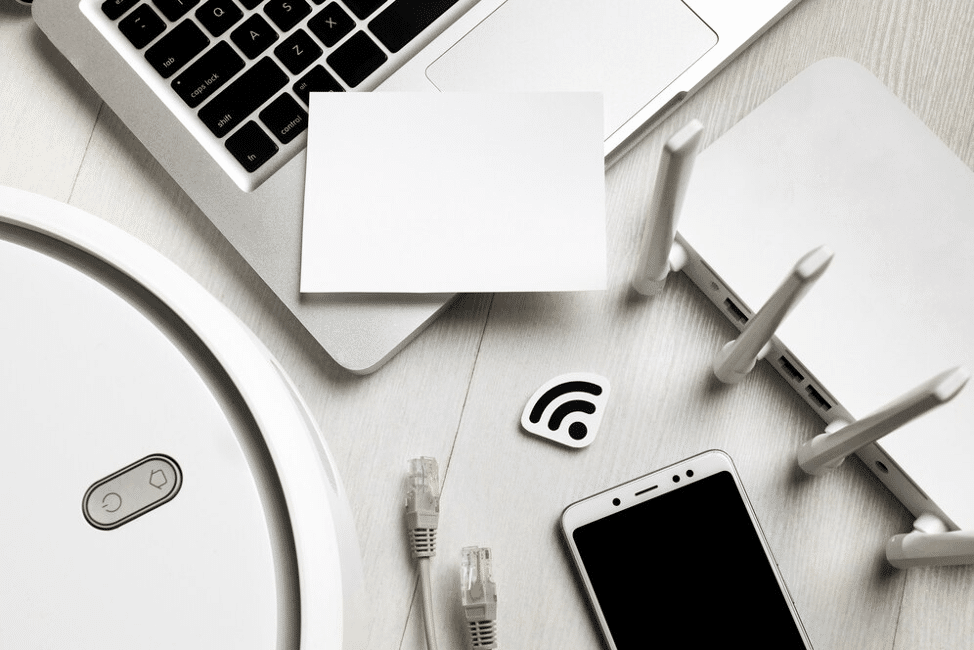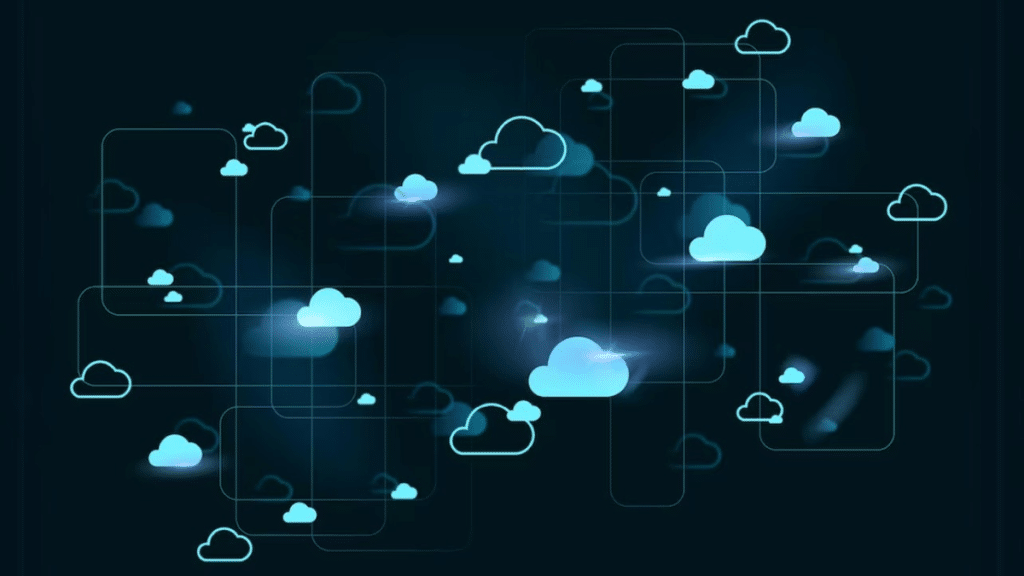The Internet of Things is one of the modern global trends, which is actively promoted and at the same time causes a lot of controversy.
The very idea of “smart things” arose in the 90s. last century and even earlier. It was then that they began to increasingly actively collect data on the state of certain industrial robots and mechanisms and process them to make management decisions, although at that time they were most often talking about automated production control systems. An important stage in the development of this approach is considered to be the emergence of RFID technology – passive radio tags, which made it possible to build systems for automated remote accounting of items, for example, goods on store shelves.
The development of IoT led to the fact that around 2008–2009. The number of “smart devices” (or things) connected to the Internet has exceeded the number of people. And this is not the limit: according to IDC forecasts, by 2020 there will be about 30 billion network devices in the world. It is this growth that contributes to the widespread use of IoT technology, making it one of the tools that can and should be used in a wide variety of projects. And if you or your business needs to make a quick and accurate calculation, it is better to use mb to gb conversion tool via this link https://oneconvert.org/unit-converters/data-storage-converter/mb-to-gb a free online service.
IoT technologies have reached a qualitatively new level with the development of big data software processing and cloud computing technologies, both in the case of solutions for customers from the corporate sector and for solutions intended for private users. Wearable devices that allow you to read body parameters have created an entire industry related to IoT.
Challenges of the new reality
Like any rapidly and actively developing process, IoT poses a number of questions to professionals.
Often the main subject of discussions of IoT network technologies are systems that should serve the private user. The idea of a “smart home”, in which all devices – from a light switch to a security system – have built-in intelligence, that is, they are equipped with a processor, memory, built-in software, and most importantly – a means of communication, albeit one-way, is understandable to everyone. At the same time, the range of opinions is very wide: from apologists of innovative approaches who are confident that all things should be “smart”, to people who express doubts about the need for such a transformation.
One of the key issues in the further development of “smart things” is reliability. How to ensure the reliability of a “smart device” so that it does not lose its main function? How to ensure the reliability of the program that manages it, especially when it is in the cloud? The most important issue is communication reliability. What happens if the channel connecting the device to the gateway is lost? What happens if Internet access disappears?
As with any integration solution, the main problems arise at the interface of its components. Because there are so many manufacturers and applications for smart devices, there are also many protocols for connecting them, from RFID-enabled systems in stores to Bluetooth-enabled sensors. With such diversity, the task of building a system in which different types of devices from different manufacturers will be integrated is obviously not easy to solve. There is a well-known example where an IoT enthusiast took several hours to boil a “smart kettle.” Not because the kettle boils slowly, but because it took a long time to link together the several systems that make up the enthusiast’s smart home.
The data that IoT devices generate takes on a new quality when it is used for statistical analysis, that is, collected over a long period of time and then analyzed using tools used in mathematical analysis, modeling, and statistics. Moreover, data is collected from different sources in order to identify correlations. In themselves, smart scales, a refrigerator, a heart rate sensor, and a sensor for controlling light consumption in the bedroom are certainly fun gadgets. But if you collect data and analyze how diet, physical activity and sleep patterns affect a person’s weight change, a new opportunity to manage health appears. Actually, this is what big data technologies is intended for – collecting a lot of data for further analysis and decision-making.

Of course, very important problems lie in the field of information security, ranging from the classic problem of data protection, since IoT significantly expands concepts such as personal data and data for official use, to ideas inherent in processing big Data Analytics in the cloud, when the same data, but analyzed from a different perspective than that originally intended by the solution manufacturer, may provide researchers with results that are undesirable or even dangerous.
Final Thoughts
Despite the fact that many issues – technological and data protection – still remain unresolved, everything indicates that the IoT continues to develop rapidly. The advantages that its use provides will undoubtedly make it possible to find a solution to the problems that in one way or another hinder the widespread use of this technology. It can be argued that IoT is not just a fashionable topic, but a technology of the future with great practical potential.
